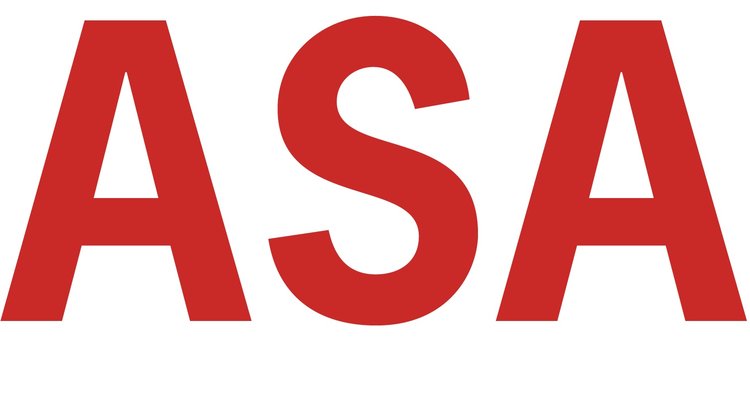For the last 40 years, across multiple work engagements, I’ve observed unequal treatment and advancement of women in technology or related fields. I have been part of women’s technology groups advocating a more level playing field, such as the Executive Women’s Forum and the International Network of Women in Emergency Management and Homeland Security. At Washington Mutual overseeing specialized groups, I made hiring women in technical positions a priority and oversaw a mix of technical groups, ranging from business intelligence to vendor security management, from technology audit and compliance to crisis and event management, from root cause analysis to technology change management. While teaching at the University of Washington for over a decade, I encouraged young women to choose undergraduate and graduate degrees in risk, and cybersecurity, spending time in and out of the classroom with lessons on how to avoid gender-based harassment, with an emphasis on professional behavior and expectations.
At the same time, I admit that my own career has been remarkably free of disrespect and exclusion. My degrees are in the humanities, but most of my work experience is in the hard, high-speed world of technology, at a time when few women were in leadership positions. When my company began building powerful data-intensive workstations, women were not to be found in the shop or onsite configuring a network – if women were present at all in this world it was as salespeople. And while I started in my own company as a salesperson of high-speed coprocessor boards to companies like Boeing, I quickly moved into leadership of a manufacturing operation for custom built machines and services with special purposes. I spent 15 years in that world, and trained a wide range of staff and interns, working cooperatively with both North Seattle Community College and Lake Washington Vocational-Technical Institute, teaching professional workplace behavior as well as standards and procedures. The diversity of the staff was reflected in the diversity of the customer base: we built computers to solve problems for colleges and universities, agencies of the government, small businesses, and individuals. The complex environment in which we operated was very competitive, and new business very much depended upon the strong reputation for quality and service that we had built and the awards we had won.
I mention all this as background for a new study just released from Women In CyberSecurity (WiCyS) that shows just how problematic the technology environment still is for women. I see the inclusion metrics in the study as a problem distinctly for women, though many of the data points may also apply to other marginalized groups in the workplace.
I don’t think the problem is going to be solved by more research or good intentions. I realize that problems women have in speaking up in the workplace don’t begin in the workplace. I understand that the way I was raised made it easier for me to include myself in discussions with men, to speak up, and to stand my ground. I have tried to pass those guiding principles along to students and staff along the way, but I am beginning to think that something like boot camps might be desirable for women before they enter technical fields.
I’ve given you the link to the study so you can review the numbers, so I won’t review the survey results in full here. Where I’d previously believed that the problem I was solving for was a lack of women in cybersecurity, the metrics show other forces at work on those who are in the workplace; and the survey also indicates that the most significant groups that exclude women are leadership (58%), direct managers (50%), and peers (39%). From the study:
“Women are roughly 5X more likely than men to cite their Direct Managers and Peers as sources of experiences that interfere with their satisfaction and their ability to perform at their peak.”
The study identifies the top four categories of exclusion as “Respect, Career & Growth, Access & Participation, and Recognition” and determines that women are excluded at a rate two times higher than men. Recurring “themes for the experience of exclusion are gender bias, social exclusion, professional exclusion, tokenism, lack of feedback, underutilized skills, glass ceiling, menial tasks, inadequate compensation, being passed over for promotions and inadequate recognition.” It’s more than time for the environment and mindsets to change. This first annual assessment was completed by collecting data from just over 1,000 employees including approximately 35% men and 65% women, representing more than 20 different organizations.
The assessment will be the basis for an action plan, and I plan to volunteer my services for that plan, including a proposal for boot camps that teach women how to include themselves in workplace discussions, rehearse how and when to speak up, and model how to respectfully stand one’s ground from a deep knowledge of the subject matter irrespective of gender or hierarchy.
The photo is from the 2011 inaugural induction to the Hall of Fame of the International Network of Women in Emergency Management and Homeland Security.
